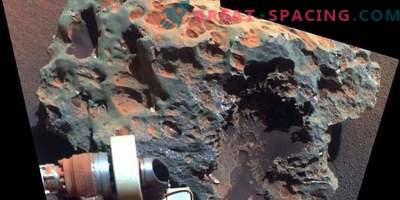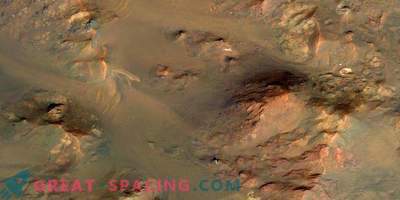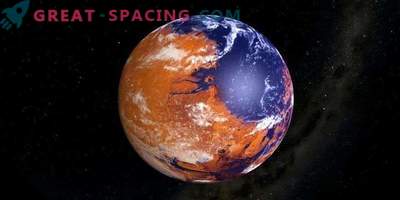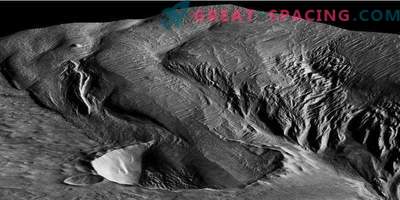
New research has found trapped gases in the ancient meteorite stones of the Red Planet. They indicate the duration and effectiveness of the processes of atmospheric escape, which formed the Martian climate.
The Martian atmospheric layer is too thin, and the temperature index is low, so the liquid does not linger on the surface. However, once the Red Planet had the warmth and moisture, thanks to which life could originate. But there are still questions about the sharp change in climatic conditions.
The latest analysis from the Lawrence Livermore National Laboratory studied the trapped gases in the ancient meteorite rocks of the Red Planet. Their data make it possible to take a fresh look at the time and efficiency of the processes of atmospheric escape.
The focus was on atmospheric gas xenon of Mars in the stones ALH 84001 and NWA 7034. Everything indicates that at the beginning of the history of the Red Planet there was a necessary amount of atmospheric hydrogen for fractionating xenon through hydrodynamic escape. But calculations show that this process reached a peak in a couple of hundred million years of planetary formation, after which the isotopic composition of the atmosphere slightly transformed. This situation is significantly different from that on Earth, where the isotopic fractionation of xenon was a step-by-step process, carried out throughout most of the planetary existence. That is, the dynamics of the atmospheres of the two planets diverged at the first stage of the development of our system.
The findings hint that the flow of hydrogen does not exceed the threshold required for the constant fractionation of xenon. So, on the Martian surface, perhaps, there was not an abundance of liquid water several million years after the planetary creation. If so, then the Red Planet remained frosty and dry for most of its existence.










































